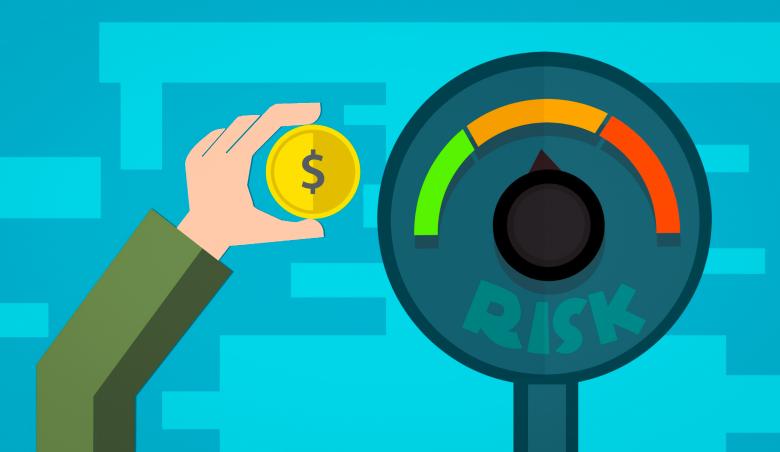
Tips for Conducting Comprehensive Credit Risk Assessments
Conducting a credit risk assessment is a foundational step in determining portfolio exposure and borrower performance across loan products. The assessments evaluate the borrower’s creditworthiness based on many factors, such as their liabilities, income, and debt obligations. Without a robust, data-driven risk framework, lenders may inadvertently extend credit to borrowers with elevated default risk. Here are a few tips for conducting comprehensive assessments when providing loans:
Gather High-Quality Borrower Data
Assessing a borrower’s credit risk requires accurate information about the institution. You can request various details during the loan application to get enough data for your credit risk assessment. Gather information about the borrower’s business model, industry trends, market position, and competitive landscape. You may also request a comprehensive credit history, including prior defaults, payment history, and outstanding obligations.
Gathering comprehensive borrower data gives you the metrics required to analyze their credit risk. Borrowers with indicators of elevated credit risk — such as limited income coverage, adverse credit history, or thin credit files — may be assigned higher pricing tiers or reduced exposure limits. Borrowers with good credit scores and a history of timely repayments are suitable candidates for competitive loan terms and higher allocations.
Perform a Thorough Credit Analysis
The data you gather from borrowers is only helpful if you can analyze it correctly. Credit risk analysis involves calculating the probability of default based on indicators like debt-to-income ratios. This ratio compares the borrower’s outstanding debt obligations to their verified income and is often used as a core input in predictive risk scoring models. If the borrower has many outstanding loans, they may not be in a position to repay your loan on time, even if they have stable income.
Other evaluations include cash flow analysis, collateral assessment, and interpretation of financial ratios. A cash flow analysis evaluates a borrower’s ability to generate sufficient cash flow to meet their debt obligations. Collateral valuation involves estimating the recoverable value of pledged assets under market-specific assumptions. Financial ratio analysis calculates and interprets liquidity, solvency, and business profitability. You may also perform a stress test to assess how the borrower’s financial position would change during adverse economic conditions.
Establish Clear Credit Policies
Robust credit policies and procedures offer clear guidelines for credit assessments, loan approval, and monitoring. Each loan application must go through the same evaluation process to reflect the borrower’s immediate position and creditworthiness. Conduct regular reviews of credit files and portfolio performance to identify changes and mitigate risks early. You can monitor accounts receivable to identify potential delinquencies and implement corrective action or send reminders.
Credit policies should be transparent, auditable, and easily integrated into digital lending platforms. Mention clear procedures for handling overdue payments, including changes in interest rates or penalty fees. Have borrowers sign the lending contract before they receive their loan.
Monitor Models for Improvement
Credit scoring models require regular monitoring and updates to maintain their predictive accuracy. Borrower data should also be continuously updated to reflect current financial behavior and risk characteristics. Establish a schedule that allows periodic reviews, updates, and validation of all credit risk models your business uses.
Continuously monitor industry trends and economic indicators that may impact credit risk. If you identify areas for improvement, models should be promptly adjusted to avoid exposure to unmanaged risk. Investing in training also empowers risk assessment employees with the skills and practices needed for the job.
Consult a Credit Risk Assessment Firm
Assessing a borrower’s credit risk requires high-quality data and effective models that can accurately predict loan performance. Third-party data and analytics providers can provide you with information on macroeconomic indicators, borrower-level insights, and market-specific risk factors. Contact a credit risk assessment provider today to find out more about their services.
Sign up with your email and always get notifed of zerodevicesnet Lifestyles latest news!






